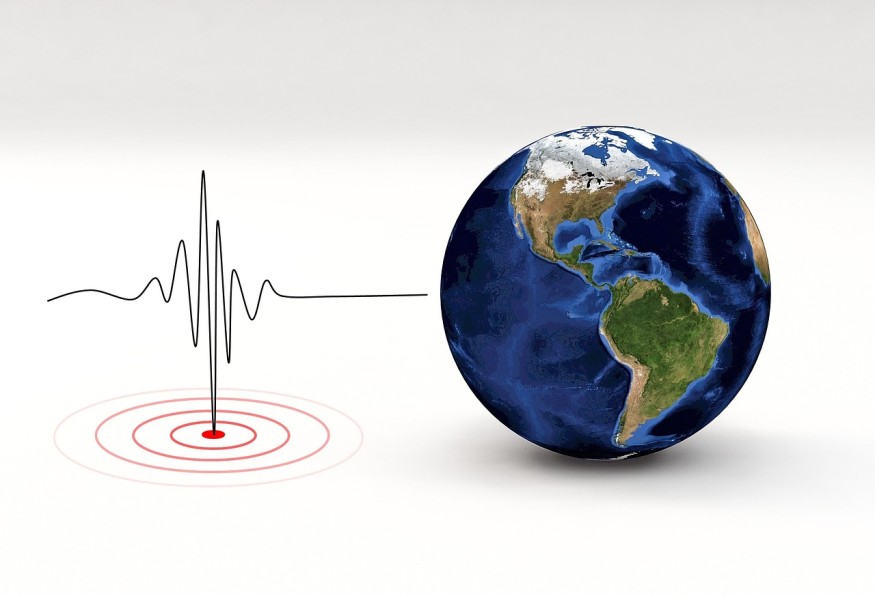Earthquake magnitude is a fundamental concept in seismology that quantifies the size or energy released by an earthquake at its source. Measuring this magnitude accurately is crucial for understanding the potential impact and for emergency response planning.
The term seismic intensity, related but distinct, describes the strength of shaking experienced at specific locations. Over the years, scientists have developed various scales to measure earthquake magnitude, with the Richter scale and the moment magnitude scale being the most well-known and widely used.
What Is the Richter Scale?
The Richter scale, developed in 1935 by Charles Richter and Beno Gutenberg, was the first widely accepted method for measuring earthquake magnitude. It is an amplitude-based scale that calculates magnitude based on the logarithm of the largest seismic wave amplitude recorded by a specific type of seismograph, calibrated to account for distance from the earthquake's epicenter.
Due to its logarithmic nature, each integer increase on the Richter scale represents a tenfold increase in measured wave amplitude and roughly a 31.6 times increase in energy release. Originally designed for small- to medium-sized earthquakes near the seismograph (within about 600 kilometers), the Richter scale has limitations for very large or distant earthquakes due to saturation, which prevents it from accurately differentiating the size of larger events.
What Is the Moment Magnitude Scale?
Developed in the late 1970s by Hiroo Kanamori and Thomas Hanks, the moment magnitude scale was introduced to address the limitations of the Richter scale. Instead of relying on wave amplitude, moment magnitude measures the seismic moment, which quantifies the total energy released by an earthquake.
This involves analyzing the fault area that slipped, the average slip distance along the fault, and the rock properties. The moment magnitude scale, also logarithmic, provides a more accurate and consistent measurement applicable to all earthquake sizes, including the largest known earthquakes (above magnitude 8). Because it accounts for the physical properties and rupture mechanics of earthquakes, it better reflects the true energy release.
How Are Richter Scale and Moment Magnitude Different?
The key difference between these two scales lies in their measurement approach. The Richter scale estimates magnitude indirectly through seismic wave amplitudes recorded near the earthquake, which works well for moderate-sized, local earthquakes but less so for larger or distant events due to saturation.
The moment magnitude scale directly measures the earthquake's energy release through fault parameters derived from seismic data, enabling consistent magnitude measurements for the full spectrum of earthquake sizes.
While the Richter scale remains popular in media and public discourse due to its historical legacy, seismologists prefer the moment magnitude scale for scientific and official reporting because of its accuracy and applicability across earthquake magnitudes and distances.
Why Do Scientists Prefer the Moment Magnitude Scale Today?
With advances in seismic instrumentation and computational modeling, the moment magnitude scale has become the standard for quantifying earthquake size. It avoids the saturation problems seen in the Richter scale and aligns magnitudes with the actual energy released during fault rupture.
This allows for reliable magnitude comparison across different seismic events globally. Furthermore, moment magnitude correlates better with observed damage and shaking intensities, making it valuable for hazard assessment and engineering applications.
Read more: Black Hole Explained: The Science, Discovery, and Mysteries of the Universe's Darkest Objects
How Does Seismic Intensity Relate to Magnitude?
It is important to distinguish between earthquake magnitude and seismic intensity. While magnitude measures the energy released at the source, seismic intensity describes the strength of shaking at a specific location and can vary significantly with distance from the epicenter, local geology, and building structures.
Intensity scales, such as the Modified Mercalli Intensity scale, are based on observed effects and damage reports rather than physical measurements. Both magnitude scales and intensity scales are essential for comprehensive earthquake characterization and response planning.
In summary, earthquake magnitude measures the size of an earthquake's energy release, with the Richter scale and moment magnitude scale serving as primary measurement methods. The Richter scale uses seismic wave amplitudes and is effective for small to moderate local earthquakes, but saturates with very large events.
The moment magnitude scale calculates magnitude based on seismic moment, providing more accurate and consistent measurements applicable globally across all earthquake sizes. Understanding the differences and applications of these scales, along with seismic intensity, is vital for interpreting earthquake data accurately and improving public awareness and safety.
Frequently Asked Questions
1. Why do different regions sometimes report slightly different magnitudes for the same earthquake?
Magnitude estimation depends on regional geology and the distribution of seismic stations, which can affect the amplitude and type of seismic waves recorded. Local magnitude scales are sometimes calibrated differently to account for these variations, leading to slightly different reported magnitudes for the same earthquake event.
2. What causes "saturation" in earthquake magnitude scales, and why is it important?
Saturation occurs when a magnitude scale, like the Richter scale, stops increasing proportionally with the size of very large earthquakes. This happens because the scale is based on certain seismic wave amplitudes that do not grow linearly with fault rupture size in massive earthquakes. Recognizing and correcting for saturation is important for accurately comparing and understanding large seismic events.
3. How do scientists estimate earthquake magnitude for deep-focus earthquakes differently from shallow ones?
Deep-focus earthquakes generate weaker surface waves, which are typically used in magnitude calculations like the Richter scale. This can bias magnitude estimates low. Scientists often rely on body-wave magnitudes or moment magnitude calculations, which consider fault slip and seismic energy, to more accurately measure deep earthquakes.
4. Are there other magnitude scales besides Richter and moment magnitude used today?
Yes, there are several magnitude scales, including local magnitude (ML), surface-wave magnitude (Ms), and body-wave magnitude (Mb). Each emphasizes different seismic waves or distances. Moment magnitude (Mw) currently provides the most consistent size measurement globally, but other scales remain in use for regional studies and specific earthquake types.
© 2025 ScienceTimes.com All rights reserved. Do not reproduce without permission. The window to the world of Science Times.












